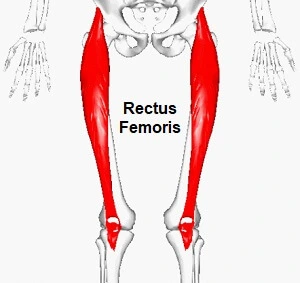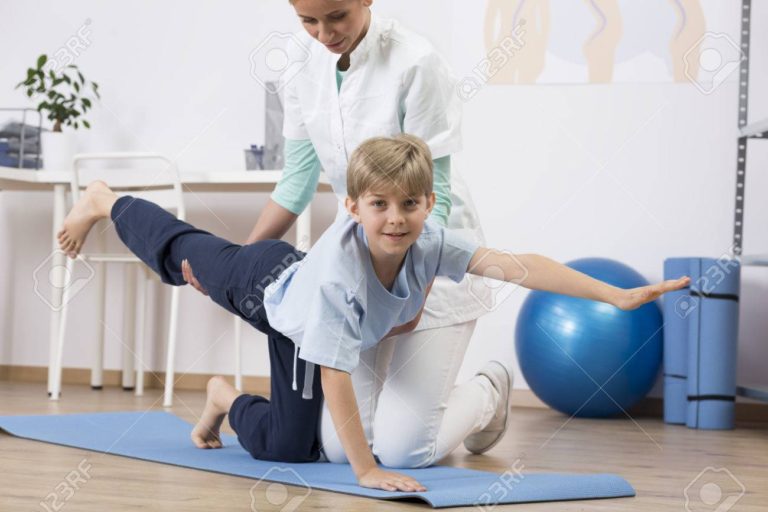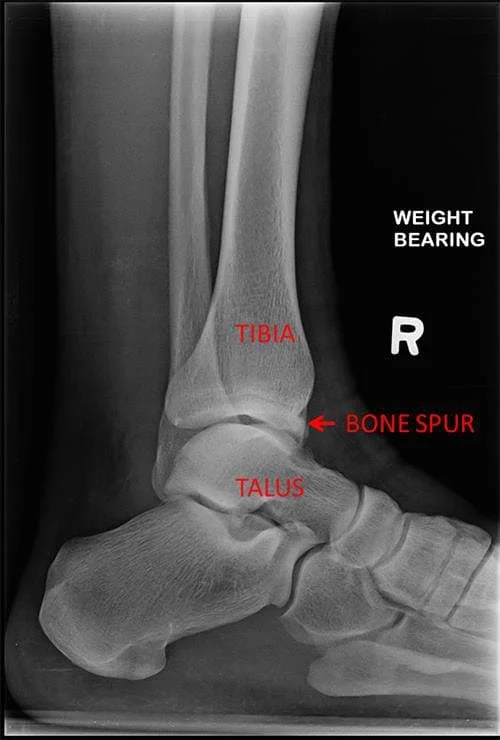Vasishtasana (Side Plank Pose)
What is Vasishtasana?
Vasishtasana is a reclining pose that strengthens the abdomen, legs, and arms. The term comes from the Sanskrit, Vasistha, meaning “wealthy,” and asana, meaning “pose.” Vasishtha is even the name of several diverse yoga sages, including a writer of Vedic hymns and one of the seven rishis.
Vasishthsana is generally penetrated from a straight-arm plank pose. Then the yogi lifts one arm toward the sky and turns the body until it faces straight ahead. In this posture, the body should resemble a cross tilted on its side. Vasishtasana is even learned as the side plank poses in English.
Ram evolved into one of the most considerable well-revered kings in Indian history. He even appears as the major character in India’s epic, the Ramayana. Vasistha’s teachings are thought to be faithful to Ram’s great attainments and success in life.
The symbolism of Vasishtasana is apparent in the posture itself. With a careful balance on one hand, the pose requires one to concentrate on what’s important. Clouded fiction often originates at first, but a clear focus is needed to truly maintain the posture. With the body facing one direction, only the part of the full truth is seen.
One must bend to terminate the asana on the other side to view another perspective. This element of the asana reflects the challenge King Ram faced when he met Vasistha.
How to Do Vasishtasana? (A Step-by-step)
Here is an easy step-by-step guide that will support you practice Vasishtasana yoga on the right path:
- Stand straight in tadasana, set your palms on the mat, and maintain your legs back.
- Now imagine the plank pose, lift your left hand, and placed it a little ahead of the left shoulder.
- Now press your left palm on the ground floor and turn your body to your left.
While creating this movement, the outer edge of your left foot should be touching the mat while your right foot should be stacked over the left one. - Keep your right hand in the air and relax your body on the right hip.
- At this point, you have to balance your body utilizing your left foot and left hand.
- Breathe out, stretch your right leg, and turn your upper body so that you can reach your right big toe.
- Grab the right big toe utilizing your right hand’s thumb, index finger, and middle finger.
- Now, lift your right leg, straighten your right arm, rotate your head to the left, and gaze at the ceiling.
- This is the Vasishtasana yoga posture, you have to stay here for about twenty to thirty seconds getting in-depth breaths.
- While exiting the Vasishtasana posture, you have to first release your great toe, bring your right foot on the left one, and your right hand on your hips.
- Breathe release and flex your full body to the center.
You can replicate the Vasishthasana series pose to the other side just by changing your legs and hands.
Vasishtasana Pose Video
Benefits of Vasishtasana:
The practice of the side plank pose may support you reap numerous health advantages, few of these advantages are enlisted below:
- Benefits for the muscular system
Literature supports the practice of Vasisthasana for enhancing core muscular strength.
Additionally, the activation of abdominal muscles may support enhancing digestion. Therefore, yoga poses such as Vasisthasana may positively affect the muscular system.
Regardless, the side plank pose should not be considered an alternative to stylish treatment. Kindly consult a physician for proper treatment of any musculoskeletal disorders. Further, it is recommended to practice this pose under the surveillance of a qualified trainer.
- Benefit for scoliosis
Scoliosis is an abnormal curvature of the spine. The discoveries of this examination indicated that six to eight months of practice with the side plank pose or asana enhanced spinal curvature. This impact may be attributed to the strengthening of the muscles.
Thus, the practice of postures like the side plank pose may positively influence scoliosis, but the practice of this pose should not be considered an alternative to stylish treatment. Kindly consult your physician for the right treatment of scoliosis. More their, it is recommended to practice this posture under the management of a qualified trainer.
- Benefit for depression
Yoga practice may support achieving calmness of mind and peaceful the mind and body. Literature reviews stated that the practice of yoga poses may support managing depression and the effect of positive life.
Six weeks of practicing poses like Vasisthasana showed a positive impact on depression. However, it is recommended not to depend on this pose alone and consult a doctor for appropriate treatment of depression.
Additionally, one should practice this pose under the advice of a qualified coach.
- Benefits of cardiovascular endurance
Cardiovascular endurance is how well your heart performs while accomplishing activities with a mild to medium intensity. twelve-weeks of practice of yoga poses like side plank pose positively influenced cardiovascular endurance and enhanced heart rate.
Thus, the practice may positively impact cardiovascular endurance, but the practice of this pose should not be considered an alternative to stylish therapy.
Hence, kindly consult a physician for proper treatment and not rely on this asana alone. Additionally, one should practice this pose under the supervision of a qualified trainer.
- Benefit for obesity
Obesity truly means the existence of excessive body fat and body mass index (BMI) greater than thirty kg/m2. Literature studies help yoga’s practice to facilitate body fat, and that eventually contributes to the reduction of obesity.
This signified that side plank yoga might support managing obesity. However, it is advised to consult a physician for suitable management of heavyweight and not rely on this pose alone.
Additionally, it is recommended to practice this pose under the supervision of a qualified trainer.
Other Benefits of Vasishtasana:
Asanas like Vasisthasana may support relieving fatigue.
The noted benefits of Vasisthasana are done in a limited public population or are based on a literature search. Therefore, these benefits should not be generalized; studies concentrating on larger populations must ascertain these claims with greater reliability.
Yoga practice may support expanding the mind and body; however, it is still not an alternative therapy. Therefore, you must not rely only on Yoga alone to treat any disorder. Instead, please consult a qualified physician who will be able to assess your situation accurately and advise consequently. Moreover, it is essential to practice and learn Yoga under the supervision of a trained yoga teacher to avoid any.
Modifications & Props
With the most helpful of the side plank pose, you can utilize the ensuing support and change the pose according to your body’s comfort:
- Yoga Strap:
When you accomplish this posture for newbies, it might be a small tough to touch your toes as your body is not flexible enough. You can create this step easily simply by covering a yoga strap around the big toe of the extended leg. Once you bind the strap, you can maintain this yoga strap instead of touching the toe. Not only will it support you to stretch the leg but you can even stretch your arm according to your comfort.
- Chair:
Another support you can utilize for a deviation of the side plank pose is a chair. For this change, you have to bring the support of the chair to comfort your side body while you are believing the Vasisthasana pose. This Vasisthasana modification requires lesser effort and is easier to do than the daily Vasisthasana pose.
Variations of Vasishtasana
Here is a list of a few side plank yoga pose deviations that you can add to your home exercises:
- The side plank pose Crunch:
To accomplish this variation, you have to lift the right leg and turn the knee after getting into the side plank yoga pose that we just mentioned above. Increase your right elbow and the right knee. Maintain your forearms boosted upwards while accomplishing the side plank pose Crunch.
- The side plank pose Twist:
To do this interpretation, you have to bend your right knee and position your right foot on the floor once you reach the stacked pose. Cross your legs, and keep your right foot beside your left thigh and left leg straight. Then, raise your right arm and look towards this increased arm.
- The side plank poses Variation Tree Leg:
To accomplish this deviation, you have to slide your right foot over the left thigh once you reach the stacked pose. Then, increase your right arm and look towards this increased arm.
Vasishtasana Contraindications:
- Injury and Surgery: Investigators with an injury or surgery to the shoulders, elbow, wrists, hips, knees, and ankles must restrict the practice of the side plank Pose. Any injury to the muscles of the legs, back, and arms are contraindications, and researchers should avoid the same. Students recovering from abdominal surgery must take precautions, support the trainer informed, and avoid the practice of the Vasisthasana Pose.
- Weak of Body-Breath Connections: In this side plank pose, there are multiple subtle body-breath attention elements that educators require to bring care of their students. Control over the body, breath attention, core stability, hip stability, and knowing how to change the breathing from abdominal to chest breathing while driving into and out of the posture are all necessary to obtain the best from this beautiful arm balance pose. One of the prime causes of this is to avoid injury. If a teacher feels the investigator cannot establish this body-breath connection or doesn’t have the essential strength, researchers must avoid the posture.
- Physical Strength and Weak Body: Since this pose puts anxiety on the shoulder girdle and upper body, troubles related to the chest, rib cage, and shoulders, or suffering from a herniated disc are all contraindications, and investigators should restrict the same until full healing. Issues with migraine, High BP, Vertigo, dizziness, meta phalangeal arthritis, carpal tunnel syndrome(middle nerve compression), tendinitis, bursitis, etc., should be taken seriously, and the practice of Side Plank Pose should be avoided. Learners who are yet to have enough control over their bodies and are learning to balance with keep aware during practice with also advice to take the wall support, mainly for ankles.
- Others: This pose should be avoided by seniors. Only fit pregnant ladies in their 1st trimester should practice this pose.
Conclusion:
The side plank pose is derived from the Sanskrit terms, “Vasistha” which means wealthy, and “asana”, meaning yoga or posture. Accordingly, the Side Plank Posture is considered to be a pose that can create you wealthy in terms of physical and cognitive health. The practice of this asana may support enhancing cardiovascular endurance, depression, scoliosis, muscular system, and obesity. More than that, this pose may support relieving fatigue, boosting cognitive performance and enhancing body postures, etc.
FAQ
1. What is the origin of Vasisthasana?
Vasisthasana, or Side Plank Pose, is called after the great Indian sage Vasistha. The story starts with King Ram, who was an image of Vishnu, one of the three major Hindu gods reliable for the creation, and destruction of the universe. Vishnu is the maintainer.
2. What are the benefits of Vasisthasana?
Following are the benefits of the side plank pose (Vasisthasana): Stretches, Strengthens, Lengthens: In this pose, the body is stretched from the arms, shoulders, chest, abdomen, back of the legs, calves, and ankles. It is a considerable strengthening and stretching pose, specifically for obliques.
3. How does Vasisthasana step by step?
Position the left foot over the right foot, stretch the left arm up, gaze at the extended arm, and finally obtain the hips in line with the shoulders and the face. Inhale, extend the arm, pull the abdomen to engage the core and abdominal muscles and stay in Side Plank Pose for about four breaths.
4. What muscles does Vasisthasana work?
Vasisthasana or Side Plank strengthens the arms, shoulders, core, spine, legs, and glutes. It even gives a stunning opening to the chest. Similar to our last peak pose Parsvakonasana or Side Angle pose. This pose builds attention to the core being a 360-degree covering muscle.
5. Do side planks slim your waist?
The side plank with hip lifts activates the obliques and supports to create endurance and core muscle strength. This exercise performs the in-depth abdominal muscles and supports to tighten and shrink the waistline.







